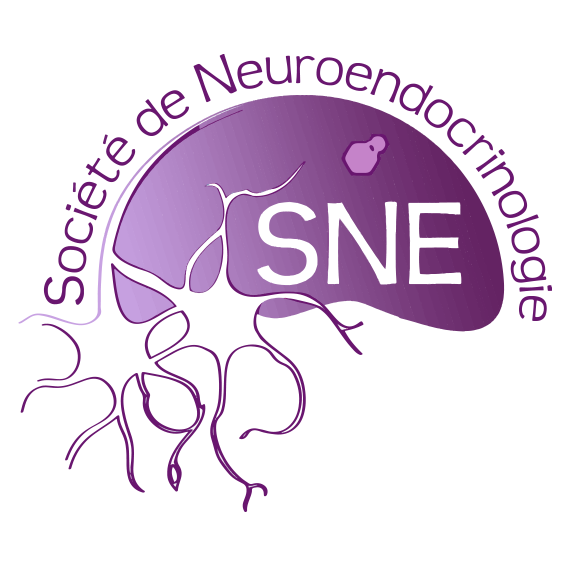Jean-Louis Nahon
Institut de Pharmacologie Moléculaire et Cellulaire UMR7275 Valbonne France
Mammalian melanin-concentrating hormone (MCH) is a hypothalamic neuropeptide peptide that displays multiple functions, mostly controlling feeding behavior and energy homeostasis and regulating sleep, the stress axis, emotion, and reward processes. In this Lecture I will address four questions related to: 1) what are the effects of MCH on cerebrospinal fluid circulation in the mammalian brain?; 2) how immune factors could regulate the expression of MCH?, 3) which receptors could mediate the action of MCH in “humanized” mice?; 4) what consequences of MCH gene duplication during primate evolution on brain functions?
A key feature at the basis of these four “surprising” stories with no evident link, but MCH itself, is a misunderstood concept that drives most of the scientific discoveries: serendipity!
First, the MCH functions were attributed to neuronal circuits expressing MCHR1, the single MCH receptor in rodent. However, MCH fibers were also found localized close to ependymal cells lining the brain ventricles. Developing new techniques to measure and analyze the ependymal cell cilia beat frequency (CBF) in acute mouse brain slice preparations, we showed that CBF is modulated by MCH application, hypothalamic stimulation or activation/inhibition of MCH-expressing neurons using in vitro optogenetics. We demonstrated also that the volume of both the lateral and third ventricles is increased in MCHR1-KO mice compared to their wild-type littermates. Collectively, our results demonstrated a dynamic control of MCH neurons on spontaneous CBF of ependymal cells. This novel mechanism of action of a neuropeptide could contribute to maintain cerebro-spinal fluid homeostasis and allows long-term regulation of neuroendocrine functions.
Second, the chemokines and their cognate receptors are expressed in several neuronal populations, including MCH neurons, contributing potentially to the regulation of feeding behavior. We recently demonstrated that a chemokine named CCL2 triggers neuroinflammation, MCH-down regulation and weight loss. CCL2 hyperpolarizes MCH neurons and reduces MCH release from perifused hypothalamic explants. These effects are reversed by the CCR2 antagonist and in CCR2-deficient mice. We conclude that CCL2 up-regulation through modulation of the MCH neuronal network could mediate LPS-induced weight loss and loss of appetite. Based on this and other studies chemokines are becoming potential therapeutic targets for treating deregulations of the energy balance.
Third, two G protein-coupled MCH receptors are found in fish and primates while a single one appears functional in rodents. Based on the rat/mouse animal models we could not anticipate which MCH receptors and corresponding neuronal pathway would be the overt target under conditions of broad MCH antagonist treatments in humans. We therefore generated a mouse model mimicking the human MCH receptor network allowing hMCHR2 gene expression using a targeted knock-in (KI) approach in mice. A complete phenotype characterization is currently carried out and should provide important clues about the functions associated with the MCHR2 signaling in a “humanized” mouse model.
Finally, two genes, named PMCHL1 and PMCHL2 genes, located respectively on human chromosome 5p14 and 5q13, have been submitted to strong regulatory constraints during Hominoid evolution. Strikingly, most of the PMCHL1 gene transcripts corresponded to long non-coding RNAs (lncRNAs). Furthermore, in situ hybridization experiments demonstrated co-localization of MCH mRNA and PMCH1exons1-2 lncRNA in the cortex of macaque, adjacent to neurons expressing MCHR2. This suggests a functional relationship between the expression of “primate-specific” lncRNA and its gene template in order to provide a new ligand source for MCHR2.
